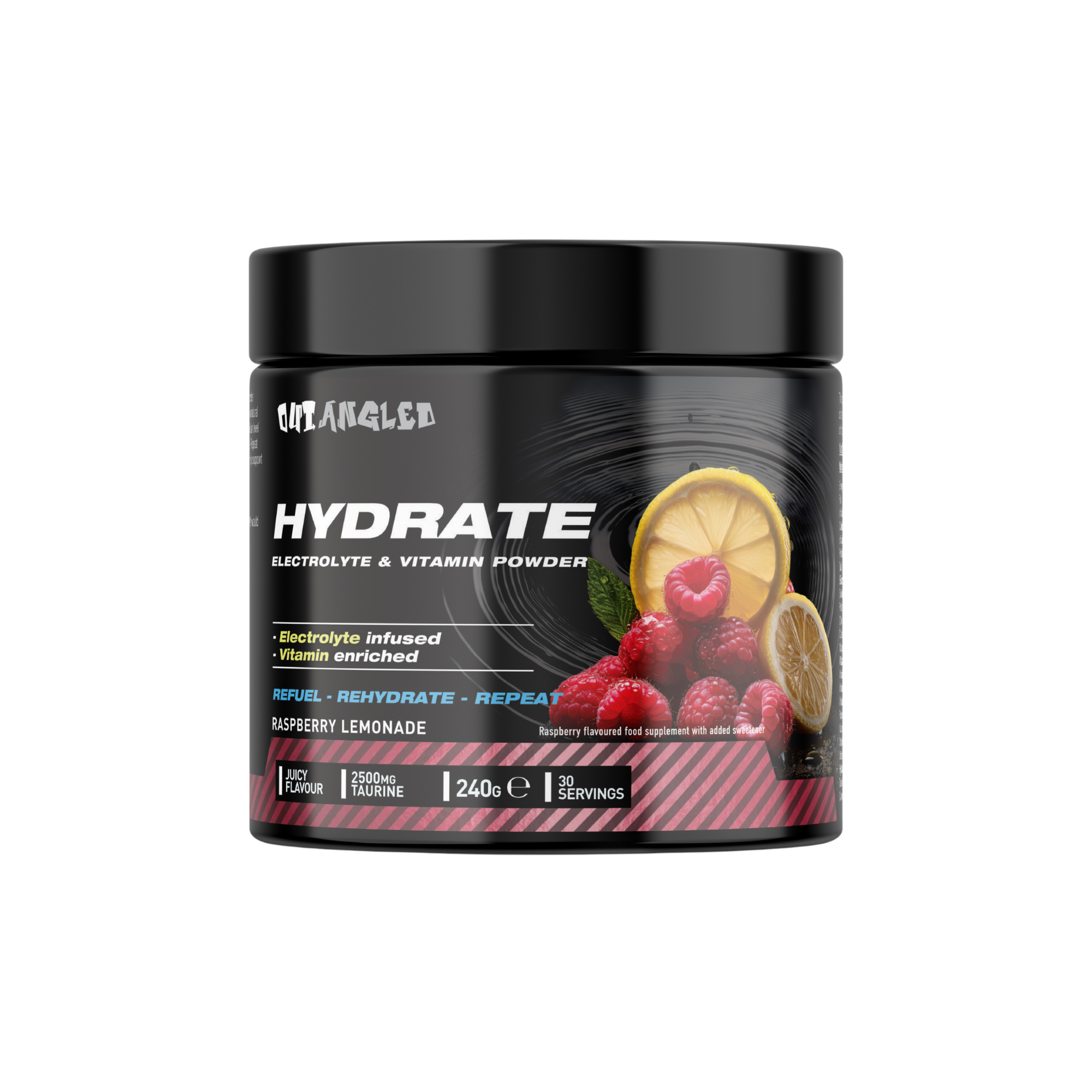Most people think progress happens during training — when they’re lifting, running, or pushing themselves past failure. The truth is, muscle growth and strength improvements happen after training, during recovery. What you do in the hours following a workout has a greater impact on results than the workout itself. Yet, post-workout recovery remains one of the most neglected parts of training.
Understanding the Recovery Process
When you train, you cause microscopic damage to your muscle fibres. This damage is not a bad thing; it’s the trigger for growth. Your body responds by repairing those fibres, making them thicker and stronger in preparation for future stress. However, this process demands fuel, hydration, rest, and time. Ignoring any of these elements can slow progress and increase the risk of fatigue or injury.
1. Refuelling with the Right Nutrition
After exercise, your body needs protein to rebuild muscle tissue and carbohydrates to replenish glycogen stores. Fast-digesting protein sources are ideal because they deliver amino acids to muscles quickly. A dairy-free option like the Beef Iso Plus provides 27 grams of pure protein per serving, with zero fat and zero sugar, helping to jumpstart the recovery process without unnecessary additives.
Carbohydrates are equally important. A mix of simple and complex carbs helps restore muscle glycogen levels. Oats, rice, fruit, or a banana alongside your protein shake is often enough to support this process.
2. Hydration and Electrolyte Balance
Water alone isn’t enough to recover effectively. When you sweat, you lose electrolytes — sodium, potassium, and magnesium — which are essential for muscle function and nerve communication. If you don’t replace them, dehydration can cause muscle cramps, fatigue, and decreased performance in your next session. Using an electrolyte supplement such as HYDRATE helps restore this balance while supporting focus and energy levels post-training.
3. The Role of Sleep and Rest
Sleep is the cornerstone of recovery. During deep sleep, your body releases growth hormone, a key driver of muscle repair and tissue regeneration. Inconsistent sleep patterns or chronic deprivation can lead to slower recovery, poor training performance, and higher cortisol (stress hormone) levels. Aim for seven to nine hours of uninterrupted sleep each night and avoid training intensely on consecutive days for the same muscle group.
4. Active Recovery and Blood Flow
Active recovery methods such as walking, swimming, or mobility work help increase blood flow, which delivers oxygen and nutrients to sore muscles. These low-intensity activities can reduce stiffness and promote faster recovery without overloading the body.
5. The Importance of Consistency
Recovery isn’t a one-time effort — it’s an ongoing process. Consistently fuelling, hydrating, and resting well will yield far better results than occasional “perfect” recovery habits. The athletes who recover best are the ones who make it part of their daily routine.
Recovery isn’t just about feeling better after a workout, it’s about maximising your long-term progress. Without proper recovery, your body never adapts to the stress of training. By focusing on nutrition, hydration, rest, and consistency, you create the environment your muscles need to grow stronger.




